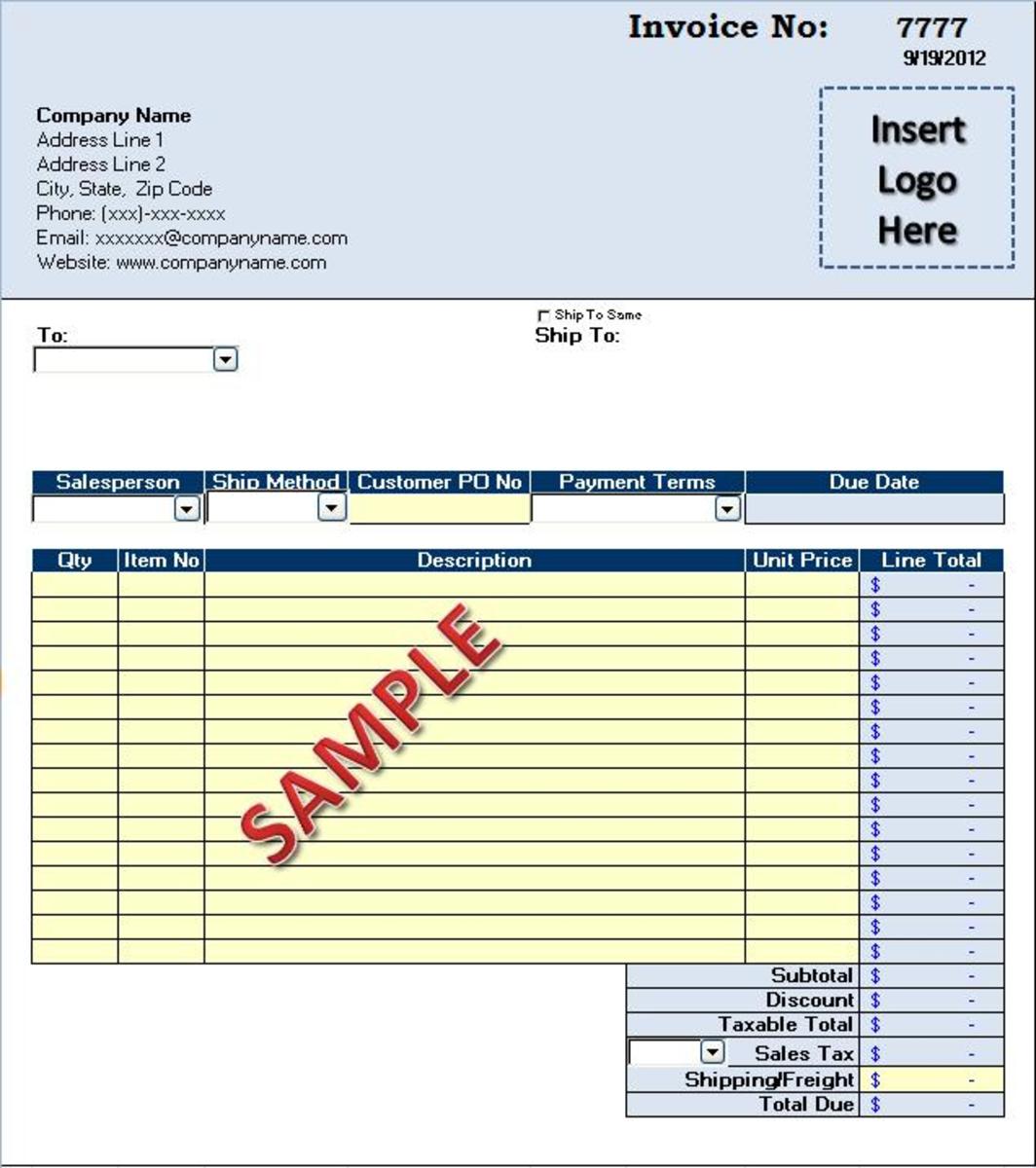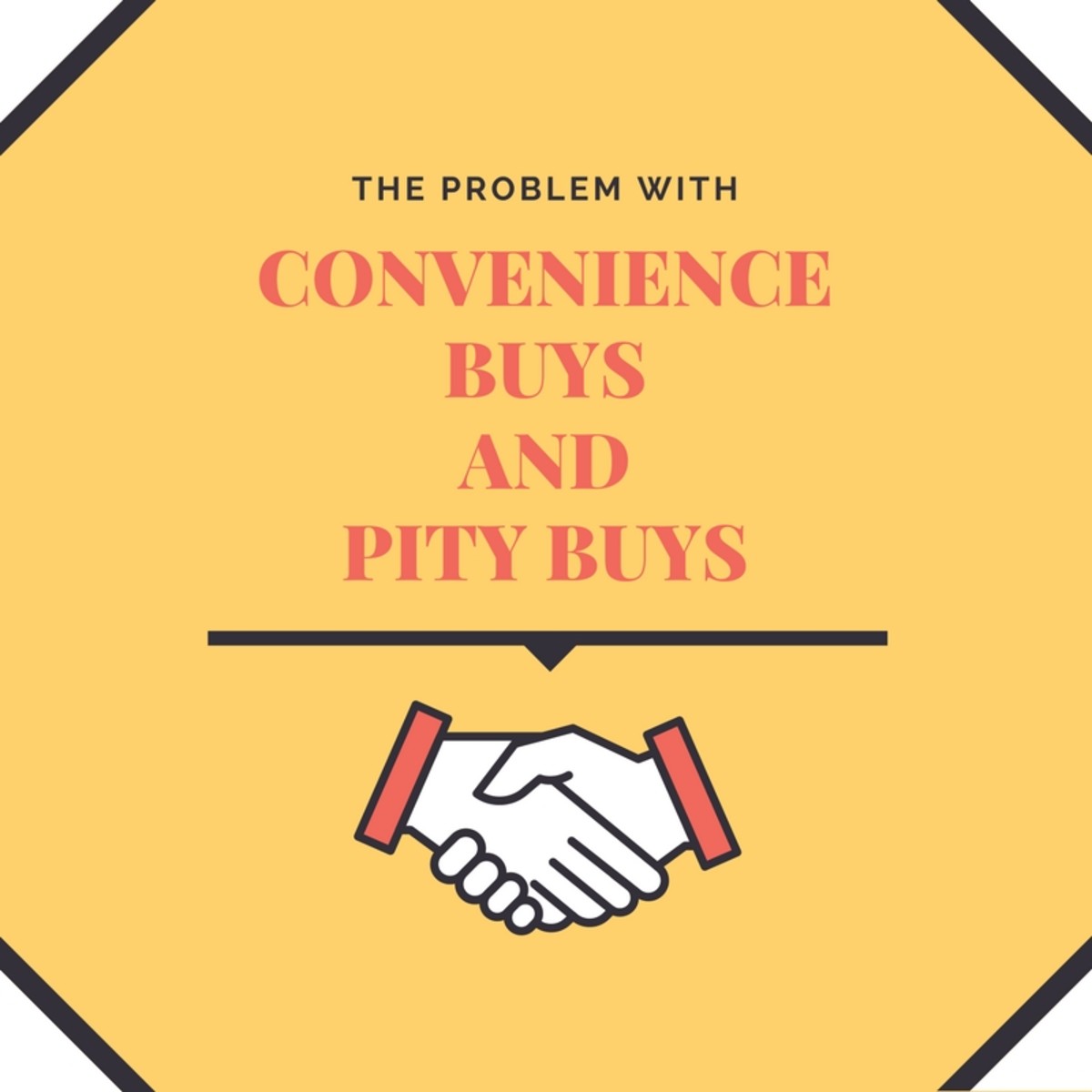- HubPages»
- Business and Employment»
- Marketing & Sales»
- Sales & Selling
Why to Avoid the Disguised Sales Pitch

A call from a long time (or long lost) friend or colleague pops up on the voicemail or email. Wow! Great to hear from them, right? "We need to catch up. Have time for a quick phone call?" Why not?
The day and time arrives. The old friend is right on time. "Hey, just wanted to see how you're doing." The conversation moves from kids to kitchen remodeling to remembering that guy Kevin from accounting. Then it takes an abrupt turn. "I'm now with XYZ company and I'm selling widgets..." Here it comes: The Sales Pitch.
Really?
Here's what's happening. The old friend is rolling through his Rolodex and searching for old contacts for his new job, business, project or whatever. Needs to make the numbers with new gig! This is almost a bait-and-switch tactic. The friendly check-in which morphs into a sales call.
Unfortunately, the only thing the salesperson will gain from the encounter is a tick mark on the calls made checklist. But what he's lost is so much more: Trust and a friend. The friend will wonder if all future calls will be disguised sales calls. Very uncomfortable. Very unprofitable. It's almost worse than cold calling!
Discussed here will be motivations behind this behavior and some relationship preserving alternatives for connecting for business and sales purposes.
Feedback Foul
Getting feedback from relevant colleagues and friends outside the company is a great way to test ideas before making offerings publicly available. But some salespeople turn these valuable inputs into a disguised sales pitch. Here's how that goes...
"Hey, can I get your feedback on a new assessment tool I'm developing?" The unsuspecting prospect agrees and takes the time to go through the entire process. The assessment with feedback is returned to the salesperson who then promptly sends back a proposal for getting hired. Yes, this is based on an actual reported incident. The prospect was irritated he had spent time reviewing the assessment and branded the salesperson as pushy.
Why did the salesperson do this? It's likely that he realized it would be difficult to obtain a request for a proposal from his friend. So asking for "feedback" was much easier.
Qualification Quest
Another dig through the Rolodex may uncover potential prospects that a salesperson needs to qualify to decide whether to pitch or ditch this one. So why not schedule an "update" call?
The update call seems to be going nowhere. It's nice to catch up. But through some veiled or awkward questions, it appears the salesperson is putting together a profile of whether this one is a prospect possibility.
If the calls ends with, "Well, it was great to chat. Take care. Bye." and no "next step" dialog, the friend's been ditched. If there's some glimmer of hope for a sale, then the pitch.
Sure, salespeople need to qualify prospects. But burning through one's database of friendlies will burn some communication bridges, too.
Why Do Salespeople Disguise Sales Pitches?
There is one and only one reason for this selling behavior: fear. They're afraid that there will be resistance if they come right out and disclose why they are calling or connecting. Also, when salespeople become uneasy about approaching old or new contacts, they may also resort to leaving mystery phone messages.
A bit of anxiety when approaching prospects—whether they're new or old contacts—is normal. Sales is a tough business that can mean getting frequent rejections! But if that anxiety is feeling more like fear, salespeople should do some self reflection to see if their motivations are for the best interest of the prospect.
Another side of the fear equation is the fear of approaching new people or markets. So salespeople tend to keep mining the same group of old contacts, over and over again. It is true that existing customers and contacts can be some of the best prospects for new sales. But there does come a point when those markets have become saturated. Time to move on.
Ways to Properly Update Old Colleagues and Friends
Say there is some valid sales potential in a group of old friends and colleagues. What are some ways to approach them in a more transparent or less aggressive way?
- Keep in Touch Consistently. Maybe it's a holiday card or email with an annual "here's what's happening here" message. No matter what holiday it's sent for, the point is that it's done EVERY year. Even better is to have a regular "keep in touch" email marketing or direct mail plan in force all year long.
- Mail or Email Official Announcements. Mailed and emailed announcements are so much less intrusive than phone calls to announce job changes, new products, services and projects.
- Keep LinkedIn Profile Updated. LinkedIn, with its more professional focus, should be updated as soon as career or business changes occur. Connections who elect to receive updates about changes in their network will often get these notices via email. This would be part of an inbound marketing strategy.
This article is accurate and true to the best of the author’s knowledge. Content is for informational or entertainment purposes only and does not substitute for personal counsel or professional advice in business, financial, legal, or technical matters.
© 2013 Heidi Thorne








